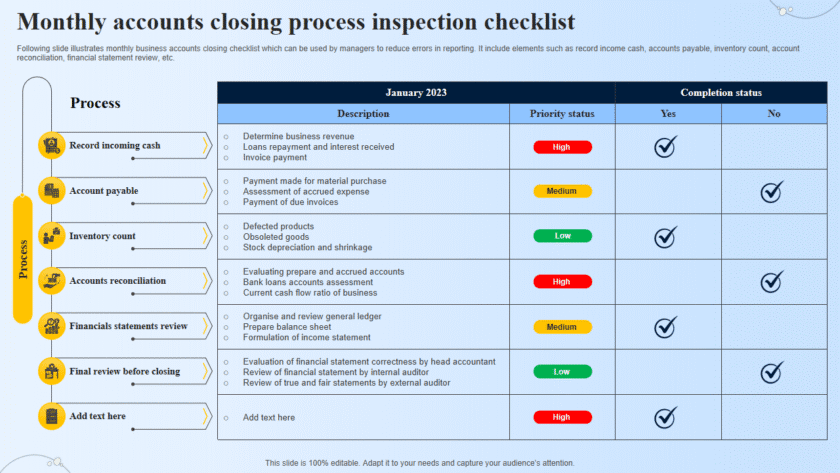Cybersecurity for Small Businesses: Tips and Best Practices
Small businesses are increasingly becoming targets for cybercriminals. With limited resources and often less robust security measures, they can be seen as easy prey. However, small businesses can significantly enhance their cybersecurity posture by implementing the following tips and best practices.
1. Implement Strong Password Policies
- Complex Passwords: Require employees to use strong, unique passwords that combine letters, numbers, and special characters.
- Regular Changes: Enforce regular password updates and discourage password reuse across different accounts.
- Password Managers: Encourage the use of password managers to generate and store complex passwords securely.
2. Enable Multi-Factor Authentication (MFA)
- Additional Security Layer: Implement MFA for all critical systems and applications. This adds an extra layer of security beyond just passwords.
- Authentication Methods: Use methods such as SMS codes, authenticator apps, or biometric verification.
3. Regular Software Updates and Patch Management
- Automatic Updates: Enable automatic updates for operating systems, software, and applications to ensure vulnerabilities are patched promptly.
- Patch Management: Establish a patch management process to regularly check for and apply security patches.
4. Secure Your Network
- Firewalls: Use firewalls to protect your internal network from external threats.
- Wi-Fi Security: Secure your Wi-Fi networks with strong passwords and WPA3 encryption. Segregate guest networks from the main business network.
- VPNs: Use Virtual Private Networks (VPNs) to secure remote connections.
5. Backup Data Regularly
- Automated Backups: Implement automated backups for critical business data. Ensure backups are stored securely and regularly tested for integrity.
- Offsite Storage: Store backups offsite or in the cloud to protect against physical damage or theft.
6. Employee Training and Awareness
- Security Awareness Programs: Conduct regular training sessions to educate employees about common cybersecurity threats such as phishing, social engineering, and malware.
- Simulated Attacks: Use phishing simulations to test and reinforce employees’ ability to recognize and report suspicious emails.
7. Implement Endpoint Security
- Antivirus and Anti-Malware: Install reputable antivirus and anti-malware solutions on all devices.
- Endpoint Detection and Response (EDR): Consider using EDR solutions to monitor and respond to threats on endpoints in real-time.
8. Restrict Access and Implement Least Privilege
- Access Controls: Restrict access to sensitive data and systems based on the principle of least privilege. Employees should only have access to the information necessary for their job roles.
- Role-Based Access Control (RBAC): Implement RBAC to manage permissions based on job roles.
9. Secure Your Website
- HTTPS: Ensure your website uses HTTPS to encrypt data transmitted between the user’s browser and your web server.
- Web Application Firewalls (WAF): Use WAFs to protect your website from common attacks such as SQL injection and cross-site scripting (XSS).
- Regular Audits: Conduct regular security audits and vulnerability assessments of your website.
10. Develop an Incident Response Plan
- Response Team: Establish a cybersecurity incident response team responsible for managing and responding to security incidents.
- Incident Protocols: Develop and document protocols for identifying, containing, eradicating, and recovering from security incidents.
- Regular Drills: Conduct regular drills to ensure that your team is prepared to respond effectively to an incident.
11. Protect Against Phishing Attacks
- Email Filtering: Use email filtering solutions to detect and block phishing emails.
- Suspicious Links: Train employees to avoid clicking on suspicious links or downloading attachments from unknown sources.
12. Use Encryption
- Data Encryption: Encrypt sensitive data both at rest and in transit to protect it from unauthorized access.
- Email Encryption: Use email encryption for sensitive communications.
Conclusion
While small businesses may face unique challenges in cybersecurity, implementing these tips and best practices can significantly reduce the risk of cyber attacks. By prioritizing cybersecurity and fostering a culture of awareness and vigilance, small businesses can protect their assets, maintain customer trust, and ensure business continuity. Investing in cybersecurity is not just about protecting data—it’s about safeguarding the future of your business.






